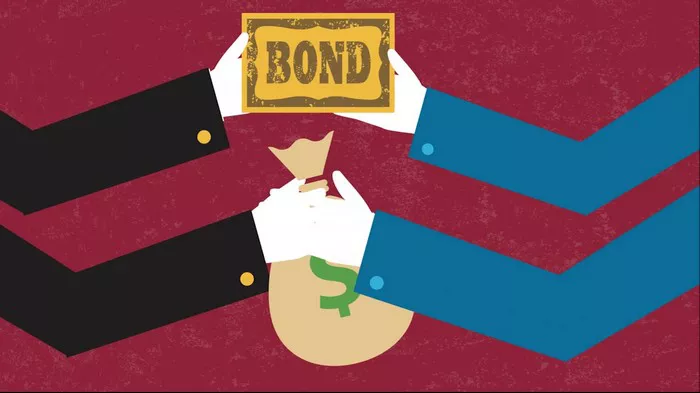United States Savings Bonds represent a form of debt security issued by the U.S. Department of the Treasury, designed to offer individuals a safe and accessible way to invest while simultaneously providing financial support to the government.
Types of Savings Bonds: The U.S. Savings Bond program encompasses two primary types: Series EE Bonds and Series I Bonds. Series EE Bonds feature a fixed interest rate, while Series I Bonds combine a fixed rate with an inflation rate adjustment, making them particularly attractive during inflationary periods.
Understanding Savings Bond Features
Face Value: This denotes the value printed on the bond, indicating its worth at maturity, which typically occurs after a set period.
Interest Rate: Savings bonds accumulate interest over time, with Series EE Bonds offering fixed rates determined at the time of purchase and Series I Bonds adjusting their rates semiannually based on inflation fluctuations.
Maturity: Each savings bond has a defined maturity period, during which it continues to accrue interest until reaching its full face value.
Reasons to Cash Savings Bonds
Maturity: Once savings bonds reach their maturity date, they stop accruing interest, making it financially prudent to redeem them at this point.
Financial Needs: Investors often cash savings bonds to meet various financial needs, such as covering unexpected expenses, emergencies, or achieving specific financial goals like buying a home or funding education.
Methods to Cash Savings Bonds
Bank or Credit Union: Many banks and credit unions offer savings bond redemption services, making it convenient for account holders to cash their bonds. Some financial institutions may have specific policies or fees associated with this service.
TreasuryDirect: This online platform provided by the U.S. Department of the Treasury allows investors to manage and redeem electronic savings bonds. Investors must create a TreasuryDirect account and link it to their bank account for direct deposit.
Mail-in Redemption: Investors holding paper savings bonds can opt to redeem them by mailing the physical bonds to the U.S. Department of the Treasury for processing. Specific instructions must be followed, including signing the bonds and providing identification.
Cashing Electronic Savings Bonds via TreasuryDirect
Account Setup: To cash electronic savings bonds via TreasuryDirect, investors need to create an account on the platform and link it to their bank account for seamless direct deposit.
Redemption Process: After logging in to TreasuryDirect, investors select the bonds they wish to cash and follow the provided instructions to initiate the redemption process.
Direct Deposit: Proceeds from cashed electronic savings bonds are typically deposited directly into the investor’s linked bank account, ensuring quick and efficient access to funds.
Cashing Paper Savings Bonds
Requirements: When cashing paper savings bonds, investors must sign the bonds and provide appropriate identification to verify ownership.
Redemption Forms: Depending on the type of savings bond being redeemed, investors may need to complete and sign Form PD F 1522 (for Series EE/E Bonds) or Form PD F 5396 (for Series I Bonds) if mailing in the bonds for redemption.
Mail-in Instructions: Investors should carefully follow the specific instructions provided by the U.S. Department of the Treasury for mailing in paper savings bonds, ensuring that all required documentation is included and accurate.
Tax Considerations
Taxation of Interest: Interest earned on savings bonds is subject to federal income tax but may be exempt from state and local taxes if used for qualifying educational expenses. It’s important to understand the tax implications before cashing savings bonds.
Tax Reporting: Investors receive Form 1099-INT for interest income earned from cashed savings bonds, which must be reported on their tax return according to IRS guidelines.
Receiving Proceeds
Direct Deposit: Funds from cashed savings bonds are typically deposited directly into the investor’s linked bank account, providing immediate access to the redeemed funds.
Paper Check: In some cases, investors may receive a paper check for the proceeds if direct deposit is not available or preferred.
Considerations Before Cashing Savings Bonds
Timing: Before cashing savings bonds, investors should carefully consider the timing to optimize their financial situation, taking into account factors such as tax liabilities and potential reinvestment options.
Redemption Penalties: Cashing savings bonds before their minimum holding period (one year for electronic bonds, five years for paper bonds) may result in forfeiture of interest. Therefore, investors should weigh the impact of redemption penalties against their immediate financial needs.
Conclusion
Cashing United States Savings Bonds involves understanding the various methods available, considering tax implications, and evaluating personal financial circumstances.
You are encouraged to thoroughly review your options and consult with a financial advisor if needed before making any decisions regarding the redemption of savings bonds. By carefully considering all factors, investors can make informed choices to maximize the returns on their investments and achieve their financial goals.


